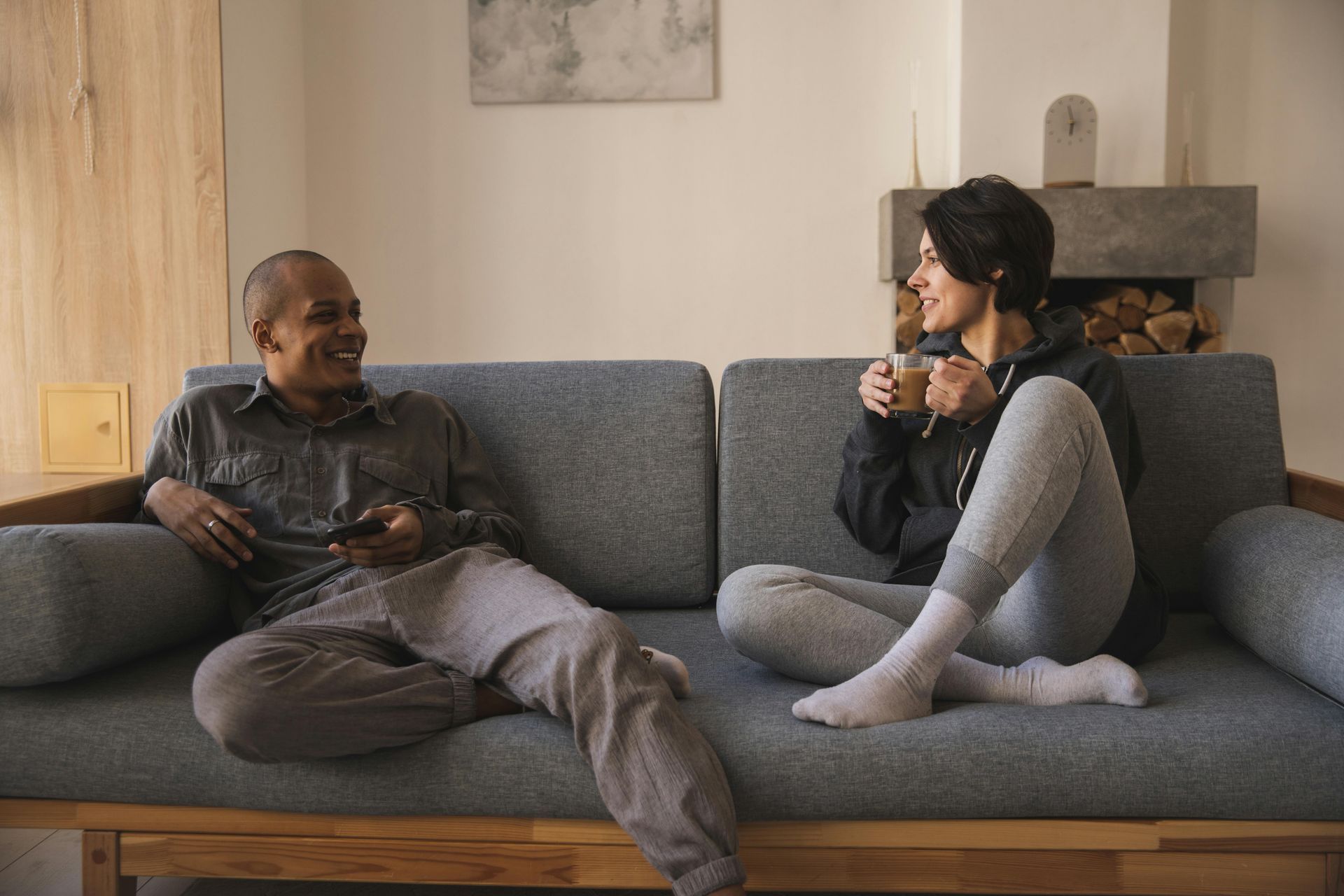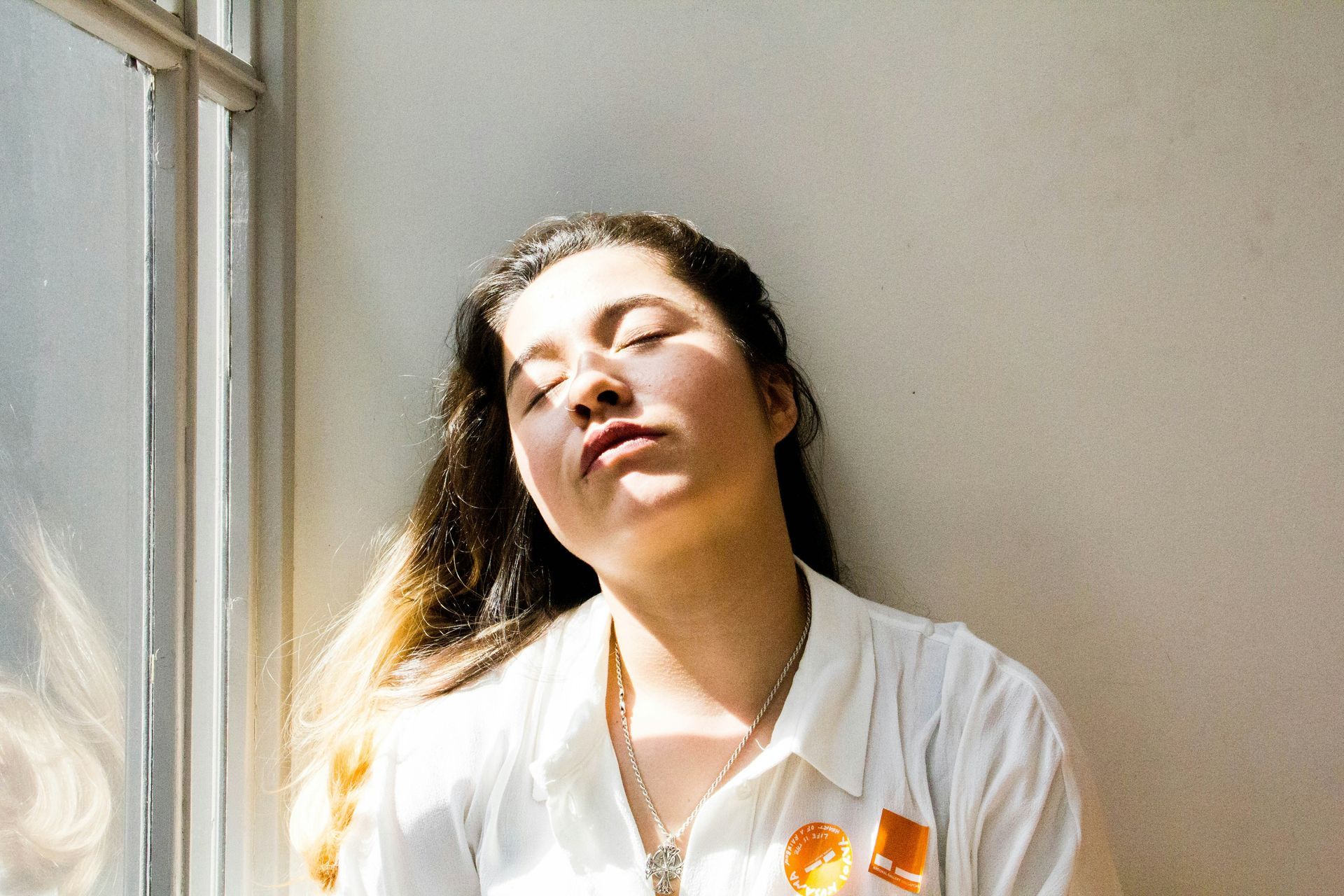Have you ever wondered why some relationships feel effortless while others feel like emotional rollercoasters? Or why you might pull away just as things are going well — or cling tighter when someone starts to distance? The answers might lie in something called your attachment style.
Understanding your attachment style (and your partner’s) can be a powerful tool for creating healthier, more connected relationships — whether romantic, familial, or even platonic.
What Are Attachment Styles?
Attachment styles are patterns of how we relate to others emotionally, especially in close relationships. They’re often formed early in life based on our relationships with caregivers, but they can shift over time.
There are four primary attachment styles:
- Secure
- Anxious (also called Preoccupied)
- Avoidant (also called Dismissive)
- Disorganized (also called Fearful-Avoidant)
Let’s break them down — and more importantly, look at how they might show up in your relationships.
1. Secure Attachment
Core Belief: “I’m lovable, and others are dependable.”
People with secure attachment tend to feel comfortable with both intimacy and independence. They’re able to communicate openly, express needs, and trust others without too much fear of abandonment or engulfment.
In relationships, they might:
- Set healthy boundaries
- Handle conflict without escalating
- Offer support without losing themselves
- Choose partners who are emotionally available
If you have a secure partner: You’ll likely feel safe, seen, and accepted.
2. Anxious Attachment
Core Belief: “I need others to feel okay, but they might leave me.”
People with anxious attachment often crave closeness but fear rejection or abandonment. They may become preoccupied with their partner’s behaviors or mood, needing constant reassurance.
In relationships, they might:
- Overanalyze texts or conversations
- Worry they’re "too much" or not enough
- Struggle with trust, even when things are going well
- Feel easily hurt by perceived distance or disconnection
Healing tip:
Learning to self-soothe and develop a sense of inner safety can ease some of this emotional intensity.
3. Avoidant Attachment
Core Belief: “I can only rely on myself.”
Avoidantly attached people often value independence over closeness. Emotional intimacy can feel overwhelming, even threatening. They may downplay feelings (their own or others') and keep partners at arm’s length — often without fully realizing it.
In relationships, they might:
- Pull away when things get emotionally intense
- Struggle to express feelings or needs
- Prefer "space" or solitude when stressed
- Seem distant or detached during conflict
Healing tip:
Practicing emotional vulnerability in safe, manageable doses can begin to shift avoidant patterns.
4. Disorganized (Fearful-Avoidant) Attachment
Core Belief: “I want love, but I don’t know if it’s safe.”
This style is often rooted in trauma. People with disorganized attachment can swing between anxious and avoidant behaviors — deeply craving connection, but fearing it at the same time.
In relationships, they might:
- Alternate between clinging and pushing away
- Feel mistrustful even with caring partners
- Have intense emotional reactions
- Struggle to feel safe in closeness or in distance
Healing tip:
Working with a trauma-informed therapist can help build emotional safety and rewire these confusing patterns.
It’s Not a Life Sentence
The good news? Attachment styles aren’t fixed. They’re not personality flaws or unchangeable diagnoses — they’re adaptations. And with awareness and support, they can absolutely shift.
Therapy can be a powerful space to:
- Explore your attachment patterns
- Understand where they came from
- Practice new ways of relating — to yourself and others
Next Steps
If you recognize yourself in any of these patterns, you’re not alone. Many people do. And recognizing your attachment style isn’t about labeling yourself — it’s about understanding yourself, so you can move toward the kind of connection you truly want.
At Peck Counseling, we work with individuals and families to explore these patterns in a compassionate, trauma-informed way. If you're curious about your attachment style or want to create more secure, fulfilling relationships, we’re here to walk with you.
More Posts


More Posts




THE CLIENT PORTAL IS NOT TO BE USED FOR EMERGENCY SITUATIONS. IF YOU OR OTHERS ARE IN IMMEDIATE DANGER OR EXPERIENCING A MEDICAL EMERGENCY, CALL 911 IMMEDIATELY.
All Rights Reserved | Peck Counseling | Privacy Policy | Built & Powered By Kansas City Web Design Company
THE CLIENT PORTAL IS NOT TO BE USED FOR EMERGENCY SITUATIONS. IF YOU OR OTHERS ARE IN IMMEDIATE DANGER OR EXPERIENCING A MEDICAL EMERGENCY, CALL 911 IMMEDIATELY.
All Rights Reserved | Peck Counseling | Privacy Policy | Built & Powered By Kansas City Web Design Company

